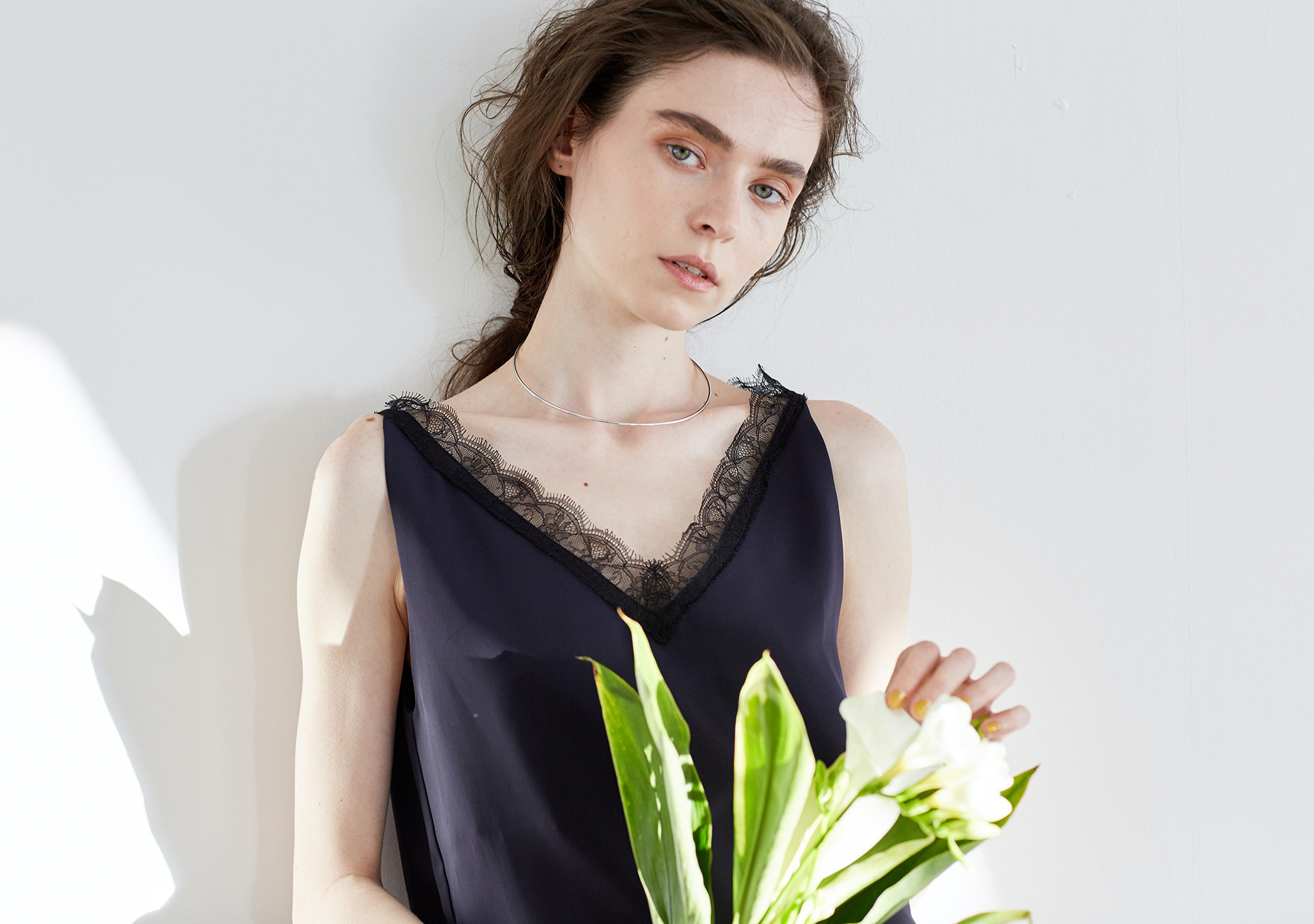Light is the essence of photography. The word “photography” itself means “drawing with light.” Whether you’re an amateur or a seasoned professional, mastering light is key to creating stunning, impactful images. This guide explores the nuances of lighting and provides practical tips to elevate your photography.
1. Understanding the Types of Light
Before diving into techniques, it’s important to understand the different types of light photographers encounter:
Ambient Light: The existing light in a scene, such as the glow from a streetlamp or the flicker of a candle.
Natural Light: Sunlight offers a wide range of lighting conditions, from soft morning light to harsh midday sun and the warm hues of golden hour.
Artificial Light: Studio setups, lamps, and LED lights allow for greater control and consistency.


2. The Magic of Golden Hour
The golden hour—shortly after sunrise or before sunset—is beloved by photographers for its soft, diffused light and warm tones. This time of day enhances natural skin tones, reduces harsh shadows, and adds a dreamy quality to landscapes and portraits.
3. Backlighting for Drama and Depth
Backlighting occurs when the light source is behind your subject, creating a halo effect or silhouette. It can add depth and drama to portraits, nature photography, and even still life.
Tips for using backlighting effectively:
Adjust your camera settings to expose for the subject or background, depending on the story you want to tell.
Use reflectors or fill flash to illuminate your subject while maintaining the backlit effect.
4. Low-Light Photography: Capturing the Night
Shooting in low light can be challenging but rewarding. Night photography, indoor events, and dimly lit scenes require specific techniques to avoid grainy or blurry images.
Key strategies for low-light photography:
Experiment with slow shutter speeds for creative effects, like light trails or starry skies.
Use a tripod to stabilize your camera and prevent motion blur.
Increase ISO, but be mindful of noise.
Opt for fast lenses with wide apertures (e.g., f/1.8 or f/2.8) to let in more light.

5. Artificial Light: Taking Control
Artificial light provides the flexibility to shoot in any condition. From studio setups to handheld flash units, understanding how to use artificial light can transform your photography.
Tips for working with artificial light:
Color Temperature: Adjust the white balance on your camera to match the light source and avoid unnatural tones.
Flash Photography: Use diffusers or bounce the flash off walls/ceilings to soften harsh light.
Continuous Lighting: LEDs and softboxes are ideal for seeing the effects of light in real time.
6. Creative Lighting Techniques
Once you’ve mastered the basics, try these creative techniques to add flair to your images:
Bokeh: Use a wide aperture to create beautiful, out-of-focus light shapes in the background.
Silhouettes: Place your subject in front of a bright light source and underexpose for dramatic effects.
Light Painting: Use a flashlight or LED wand to “paint” designs during long exposures.
Lens Flares: Shoot directly into the sun or a bright light source for artistic flares.
7. Using Shadows to Enhance Depth
Shadows are often overlooked but can add depth, mystery, and dimension to your photos. Play with shadows to create patterns, frame your subject, or add a touch of drama to still life and portraits.
8. Mastering Outdoor Lighting Challenges
Outdoor photography presents unique lighting challenges, such as harsh midday sun or rapidly changing conditions.
Blue Hour: The time just after sunset offers cool tones and a serene atmosphere.
Midday Sun: Use a reflector or find shaded areas to avoid unflattering shadows.
Overcast Days: Clouds act as natural diffusers, providing soft, even lighting perfect for portraits.

